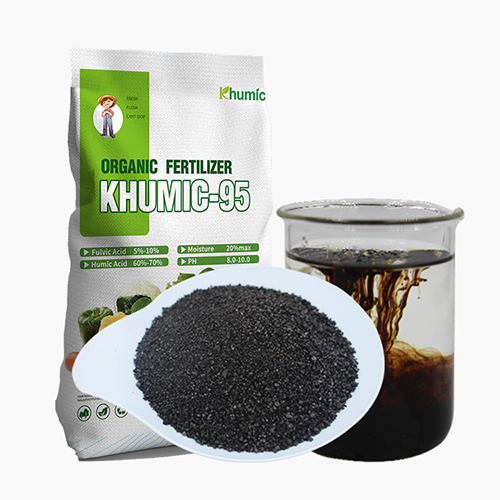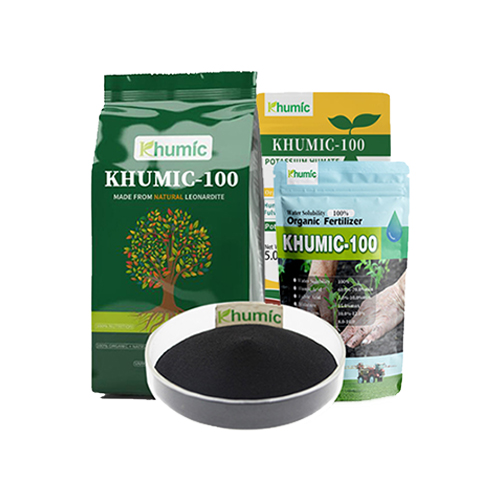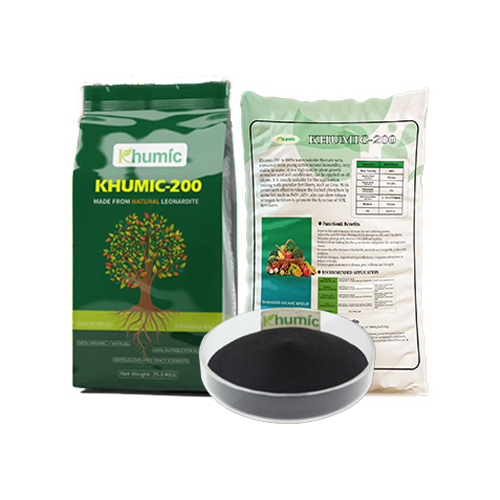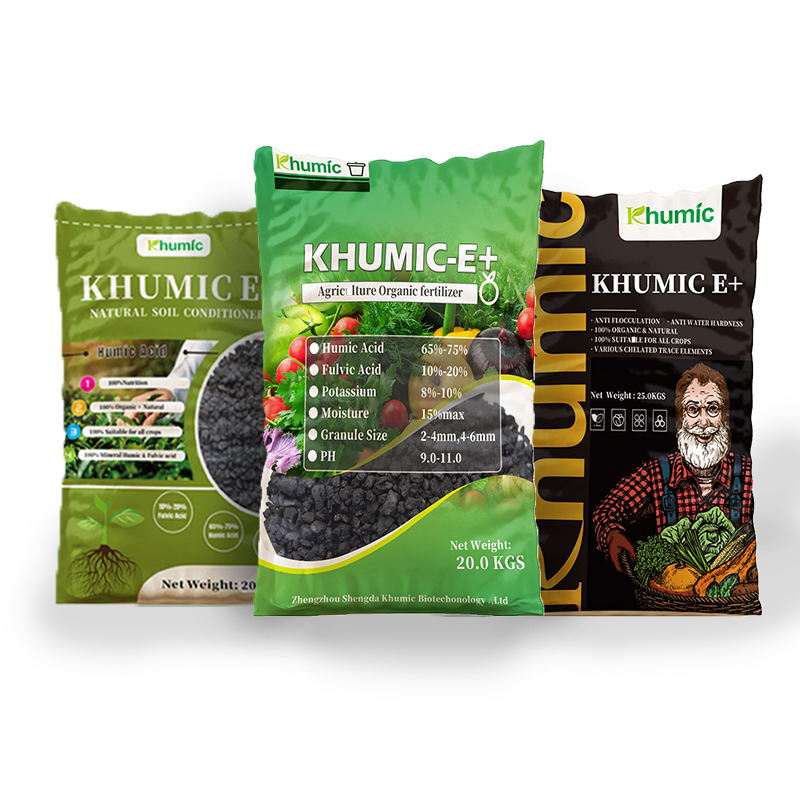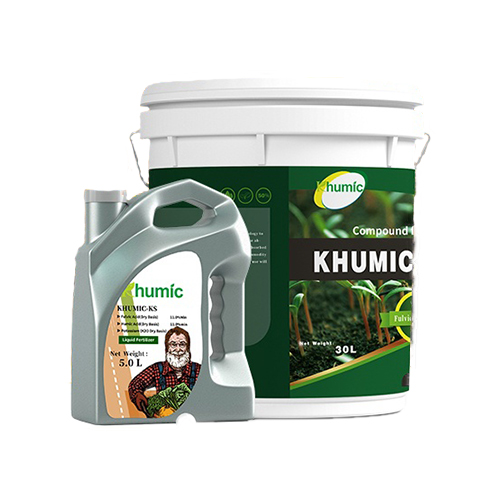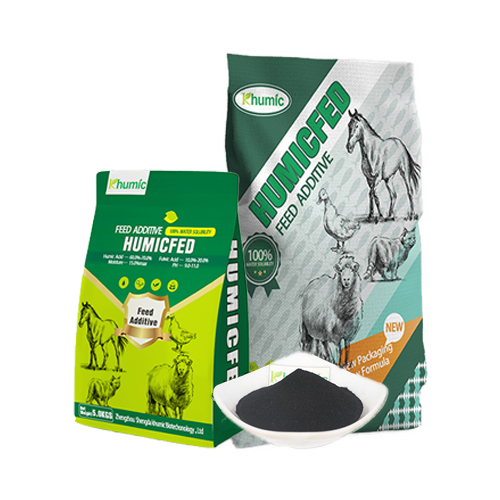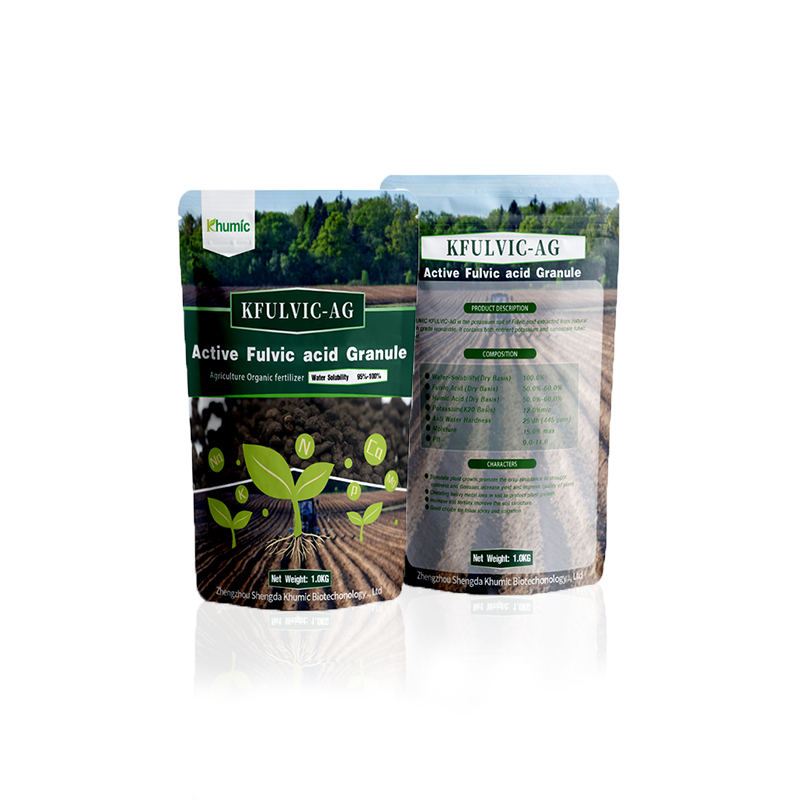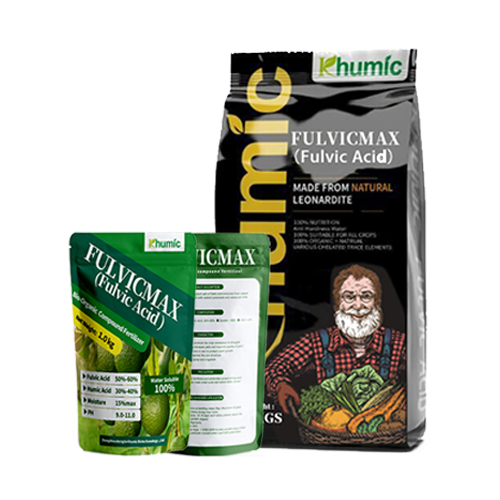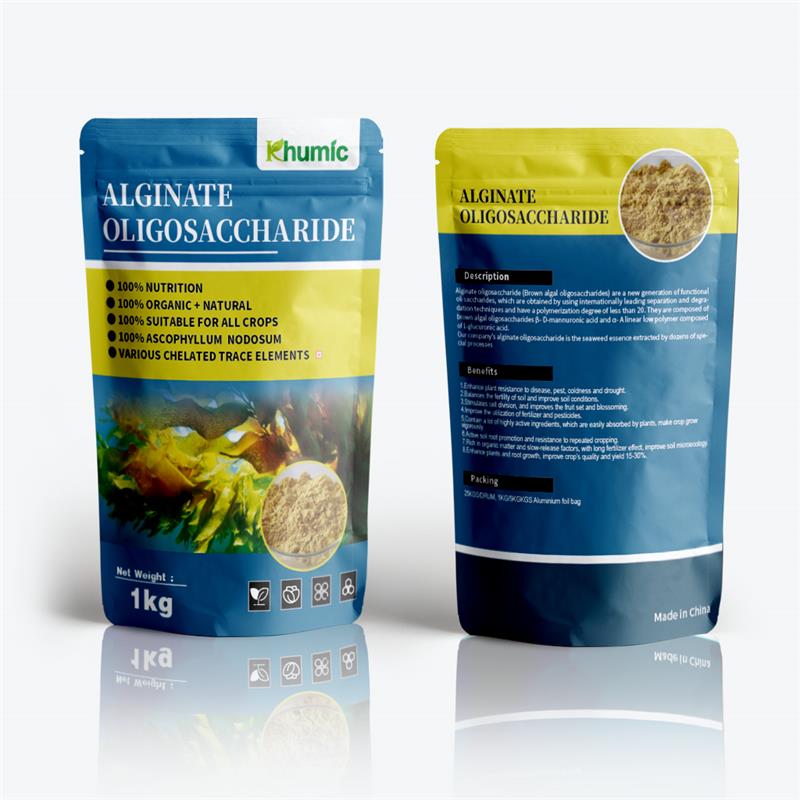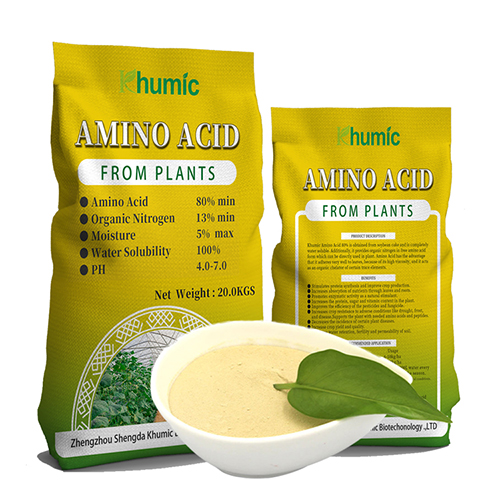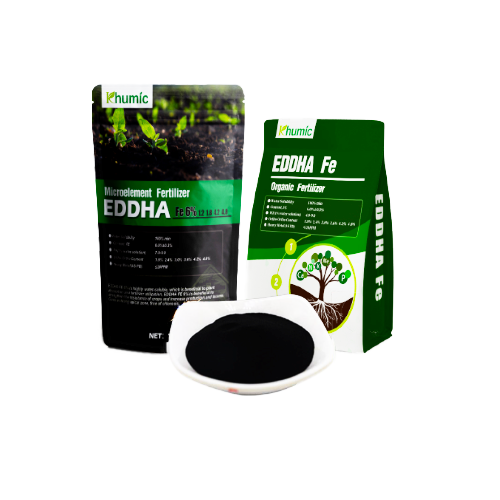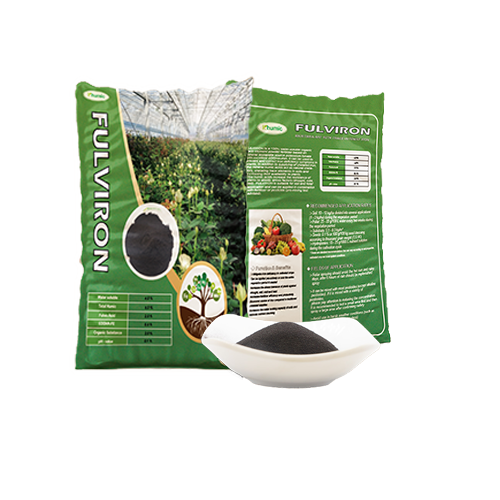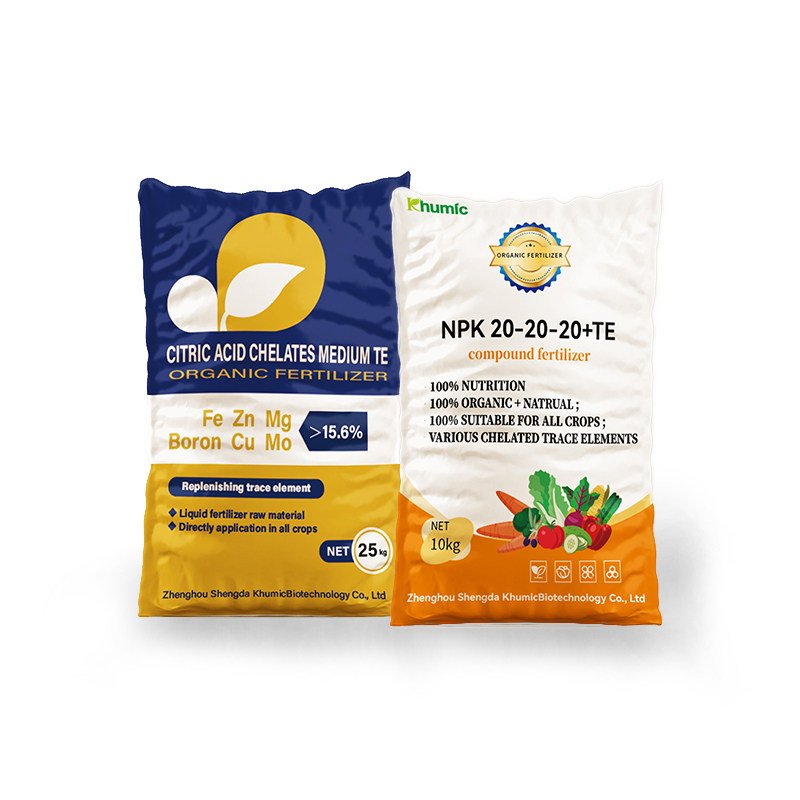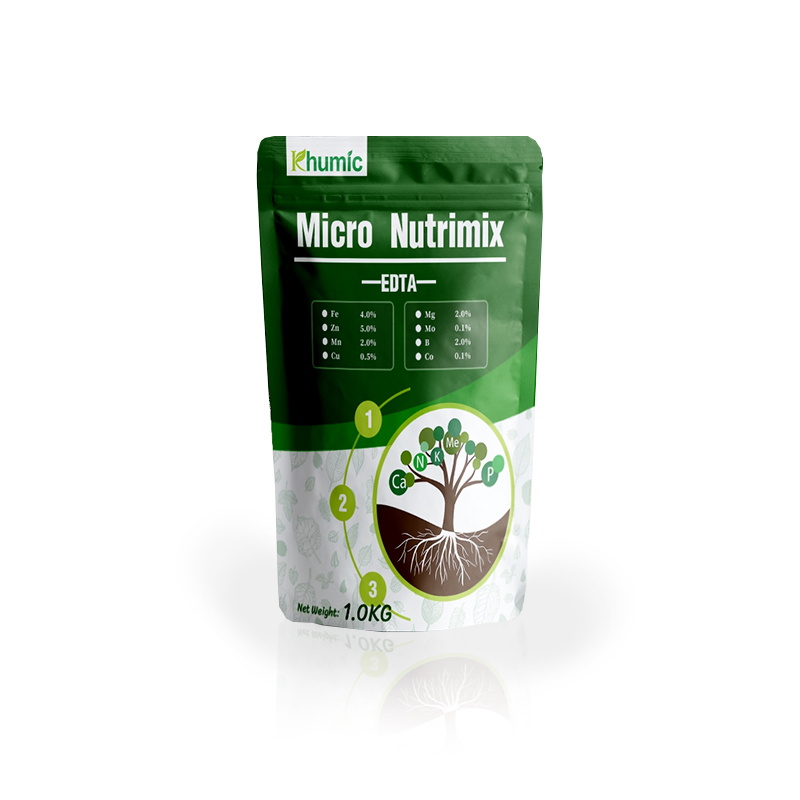product
Khumic – China’s largest manufacturer and supplier of humic acid and fulvic products. With reliable quality and competitive price!
PRODUCT LIST
Khumic-100
Features:
Improve the soil structure, increase the soil buffering power.
Adjust the soil PH value, increase N, P, K absorption efficiency by plants Stimulate...
Khumic-200
Features:
Adjust the soil PH value, increase N, P, K absorption efficiency by plants;
Stimulate plant growth, increase the yield and quality;
Reduce nitrate...
KFulvic-AG
Features:
Inspire and stimulate plant growth.
Improve the growth of early crops after seedling establishment.
Stimulates anchorage and root vitality.
Improve...
FulvicPlus
Features:
100%water solubility in a wide PH value range.
Ant flocculation &ant hard water 534PPM, suitable for drip irrigation.
Low viscosity &High water...
Alga800(Seaweed Extract)
Features:
Enhance the plant’s disease resistance, insect resistance, cold resistance, and drought resistance.
Balance soil fertility and improve...
Alginate Oligosaccharide
Features:
Regulate plant growth and induce disease resistance.
Water-soluble fertilizer additive. Can be compounded with a variety of fertilizers.
Low...
EDDHA FE 6%
Features:
It is dozens of times that of general organic iron EDTA and hundreds of times that of inorganic iron.
Super stability and solubility.
Can be used...
NPK 20-20-20+TE
Features:
High in potassium, nitrogen, and phosphorus, 100% water-soluble.
Fast absorption, high utilization rate, large coverage area, easy diffusion,...
EDTA Micro Nutrimix
Features:
Chelated iron, calcium, manganese, zinc, copper, boron, and other trace elements.
Prevent insufficient soil supply and nutrient deficiency...
What is humic acid?
Humic acid and fulvic acid are naturally occurring organic substances that play a vital role in soil health and plant growth. It is derived from decomposing organic matter such as plants, animals, and microorganisms. Humic acids are complex molecules found naturally in soil, peat, oceans, and soil. Can bind to plant roots and help plant roots absorb water and nutrients. High humic acid content can significantly increase yields. Humic acid deficiencies prevent farmers and gardeners from growing optimally nutritious crops.
Khumic’s source of humic acid is a sedimentary layer called weathered lignite. Weathered lignite is
Organic matter, which has not yet reached the state of coal. Unlike soft lignite, it has a high organic matter content.
The degree of oxidation is a result of the coal formation process and has no value as a fuel.
Humus and organic matter
First, we need to understand the difference between soil organic matter and humus. “Humus” is a general term describing a separate but distinct group of humic substances. “Soil organic matter” refers to material that breaks down at varying rates underground.
Some of the most common substances we collectively refer to as “humus” include:
1. Fulvic acid: A yellow to yellow-brown humic substance that is soluble in water under all pH conditions and has a low molecular weight.
2. Humic acid: A dark brown humus that is only soluble in water when the soil pH is high and has a larger molecular weight than fulvic acid. Humic acid can remain in undisturbed soil for centuries.
3. Humus: A black humus that is insoluble in water at any pH, has a higher molecular weight, and is never found in alkali-extracted liquid humic acid products.
Applying organic matter is certainly an excellent way to remineralize soil that has been leached or has no chemical reaction, such as sands. Sand with a low cation exchange capacity (CEC) has difficulty retaining nutrient cations, which easily penetrate deep into the soil and cannot be absorbed by plants.
Sandy soils also cannot hold moisture when drought conditions prevail and humus is lacking. Sand is in a “feast or famine” state because water and nutrients are only available for a short time after application. The biomolecules of humus can help retain ionized nutrients produced by the natural cycle of water and organic biomass, compost, or other fertilizer sources.
The electronegativity factor of humic acid is critical to developing and maintaining healthy and sustainable soils. Sources of these humic acids in sustainable agriculture programs, certified organic farms, or urban landscapes may be decaying organic matter, such as compost. Essentially, this is an organic form of fertilizer. Therefore, it is important to understand the source of ingredients and nutrient analysis of compost.
Humus is a powerful substance that can produce huge measurable results in small amounts. It can enhance plant resistance to environmental stresses such as drought, heat, and disease; it can chelate nutrients in the soil, making it easier for plants to absorb them; it can help nutrient absorption and promote root development; it can improve soil structure, enhance nutrient retention, and promote Beneficial microbial activity in the soil.
How to use humic acid?
Humic acid can be applied to soil in a variety of forms, including powders, granules, liquids, and soluble concentrates. Common methods include foliar spraying, soil drenching, seed coating, and fertigation.
If you have any needs, please contact us!
contact us
Address:
Juyimogen Business Center, No.59 Huayuan Road, Zhengzhou, China
Factory Address:
Naomaohu Industrial Park, Hami City, Xinjiang Province, China.
Tel:
+86 0371-60992820
Phone & Whatsapp:
+86-19903889469
Email:
melisa@khumic.com
